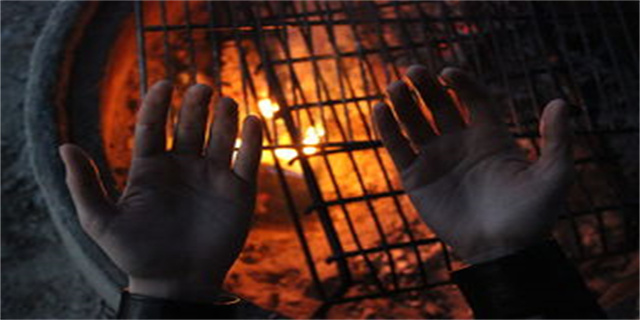unibody(Unibody vs Traditional Car Frames Which is Better)
Unibody vs. Traditional Car Frames: Which is Better?
Introduction:
Unibody construction has become a popular trend in the automotive industry, revolutionizing the way cars are built. In this article, we will explore the concept of unibody construction and compare it to traditional car frames. We will examine the advantages and disadvantages of both approaches, shedding light on which one is better for modern vehicles.

Unibody Construction: A Game-Changer in Car Manufacturing
Unibody construction, also known as a monocoque structure, refers to a vehicle construction method in which the body and frame are one integrated unit. Unlike traditional car frames, which consist of the frame and body being separate entities, unibody construction merges these components to form a single, cohesive structure.

One of the primary advantages of unibody construction is its superior structural rigidity. By integrating the body and frame, a unibody vehicle can distribute and absorb impact forces more efficiently. This enhanced rigidity not only improves safety by reducing the risk of deformation and collapse during a collision but also enhances the overall driving experience by minimizing body roll and improving handling.
Moreover, the integration of body and frame in unibody construction allows for more effective weight distribution. By eliminating the need for a separate frame, unibody vehicles can allocate weight more evenly throughout the chassis. This translates into better balance, stability, and cornering performance, which are crucial factors in ensuring a smooth and enjoyable ride.
The Traditional Approach: Body-on-Frame Construction
In contrast to unibody construction, traditional car frames follow a body-on-frame construction method, which involves building a separate frame that supports the body. This approach has been around for over a century and is commonly used in pickup trucks, SUVs, and off-road vehicles.
One of the main advantages of body-on-frame construction is its durability and robustness. The separate frame provides a strong foundation for heavy-duty applications, making it ideal for vehicles that will be subjected to extreme off-road conditions or heavy towing loads. Additionally, the body-on-frame design allows for easy repair and replacement of damaged components, reducing repair costs and improving the overall longevity of the vehicle.
However, body-on-frame construction has some drawbacks. The separate frame adds weight to the vehicle, which can negatively affect fuel efficiency and handling. Furthermore, the rigid frame can transmit more vibrations and road noise to the cabin, potentially compromising the comfort and refinement of the driving experience.
Conclusion: Which is Better?
When it comes to determining whether unibody construction or traditional car frames are better, there is no one-size-fits-all answer. Both approaches have their own set of advantages and disadvantages, making them suitable for different vehicle types and applications.
Unibody construction excels in providing superior safety, structural rigidity, and handling characteristics. It is the preferred choice for most passenger cars, thanks to its improved performance and better fuel efficiency. On the other hand, body-on-frame construction offers exceptional durability and is ideal for heavy-duty applications.
In the end, the best choice depends on the specific needs and preferences of the vehicle owner. Whether it's a unibody or a traditional frame, what truly matters is selecting a vehicle that meets the desired requirements in terms of performance, safety, and overall driving experience.
版权声明:本文内容由互联网用户自发贡献,该文观点仅代表作者本人。本站仅提供信息存储空间服务,不拥有所有权,不承担相关法律责任。如发现本站有涉嫌抄袭侵权/违法违规的内容, 请发送邮件至3237157959@qq.com 举报,一经查实,本站将立刻删除。
